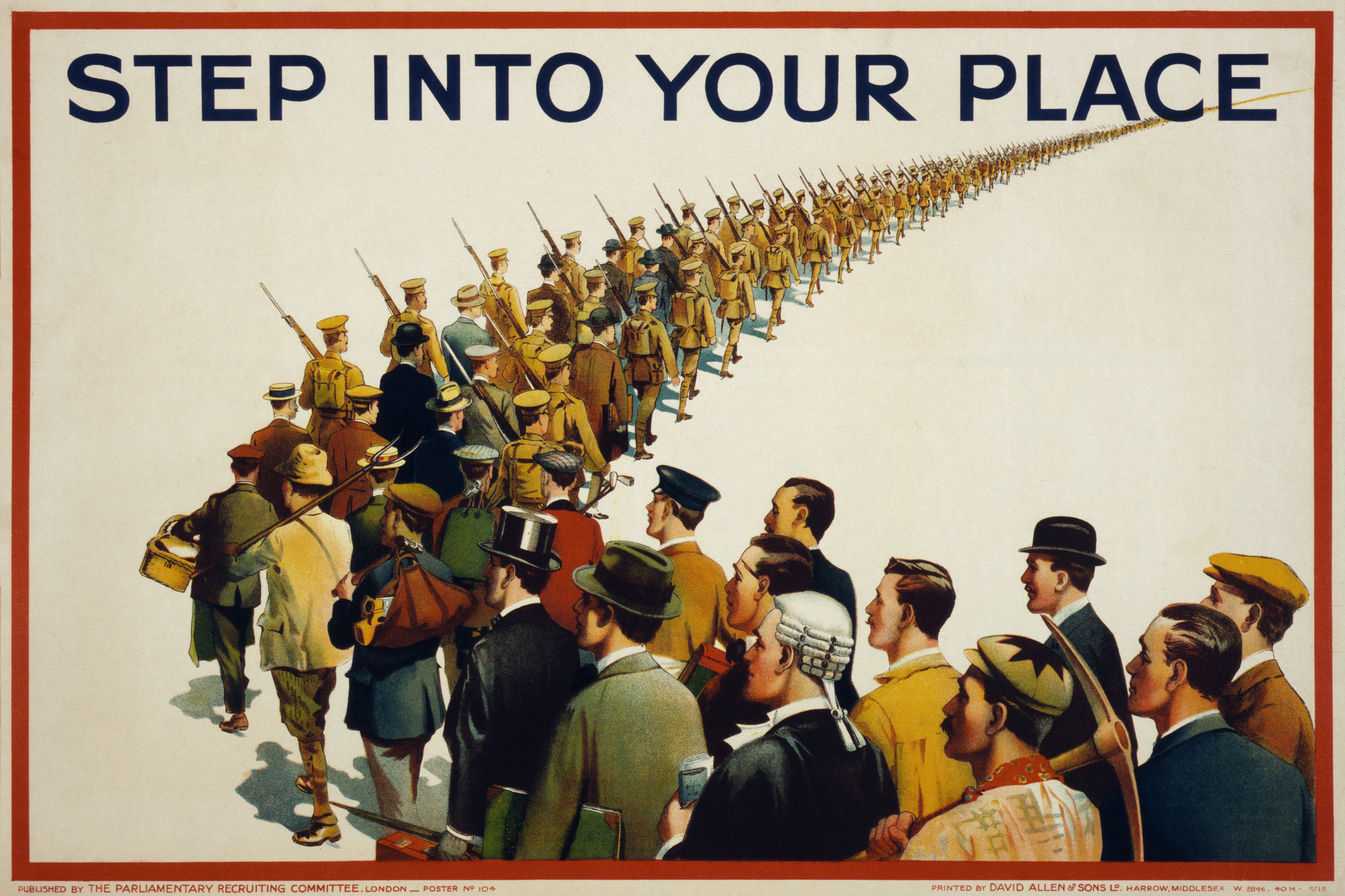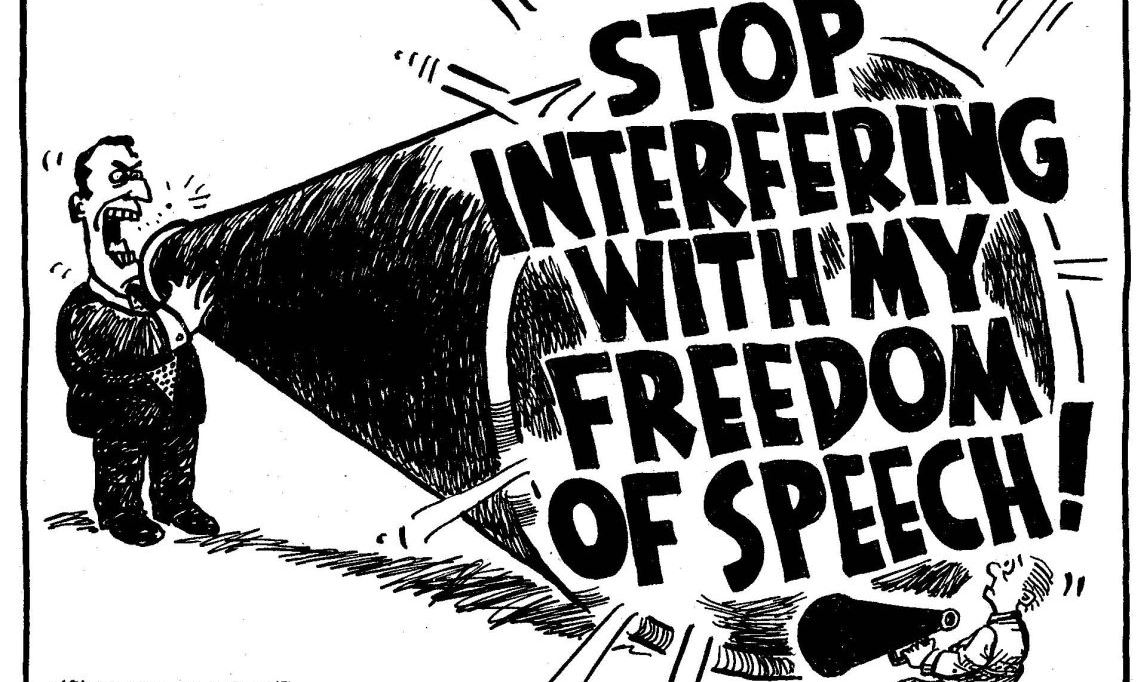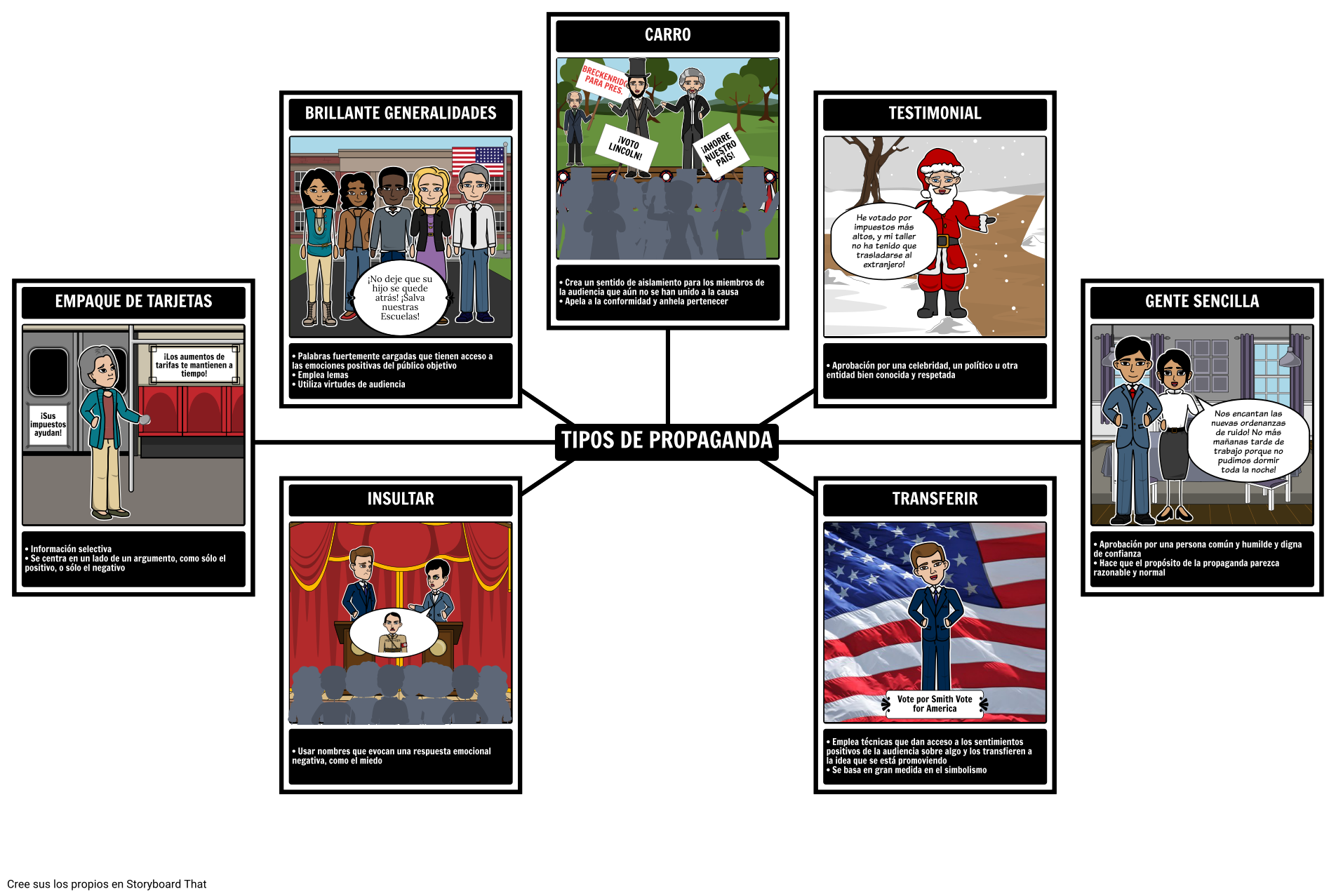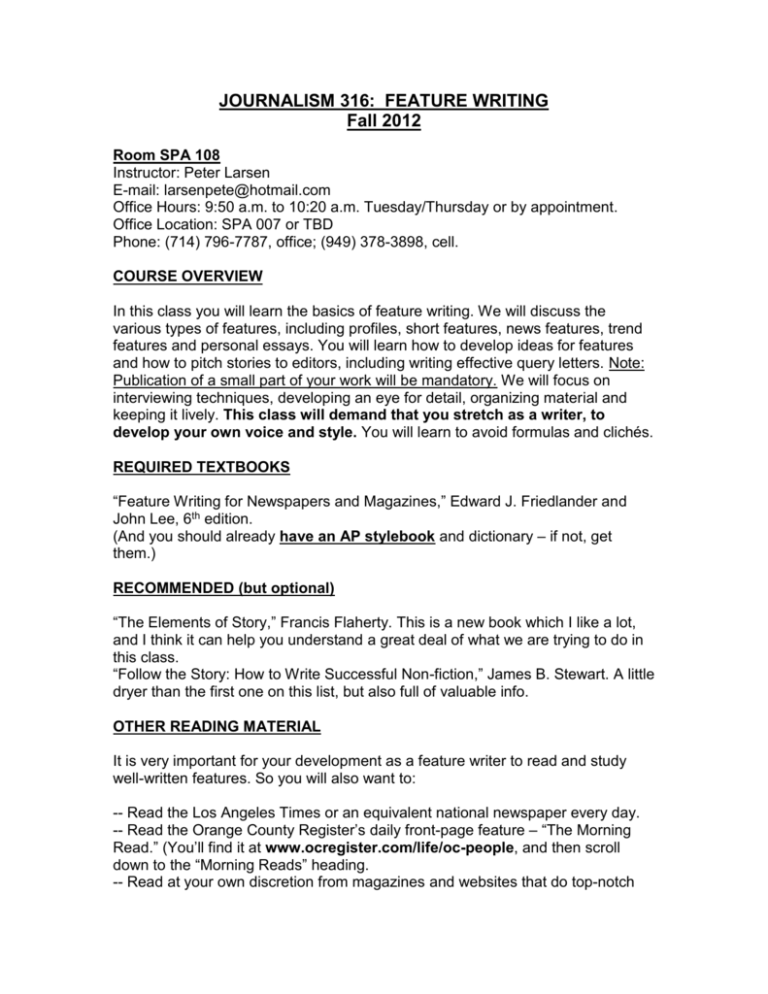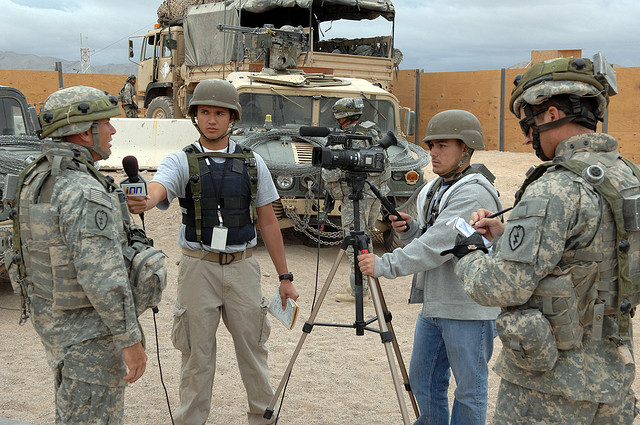Introduction
The Vietnam War was one of the most controversial conflicts in American history, and it was also the first war to be televised. The media played a significant role in shaping public opinion and influencing the government's decisions during this time. This led to what was known as the "Living Room War," where the war was brought into people's homes through television screens and changed the way the public viewed and understood war. In this article, we will explore the impact of the media on the Vietnam War and how it changed the landscape of war reporting forever.
The Living Room War
The term "Living Room War" was coined to describe the unprecedented level of media coverage of the Vietnam War. Unlike previous wars, where the public relied on newspapers and radio for information, the Vietnam War was the first to be broadcasted directly into people's living rooms through television. This meant that for the first time, people could see the reality of war from the comfort of their own homes. The advent of color television also added a new level of impact, as the vivid and graphic images of the war were brought to life in people's homes.
Media Coverage
The media coverage of the Vietnam War was extensive, with reporters and photographers on the ground providing live updates and capturing images of the conflict. The coverage was not limited to just the mainstream media; independent journalists and photographers also played a significant role in documenting the war. This level of media coverage was unprecedented and gave the public a first-hand view of the war, which had not been seen before.
Vietnam War
The Vietnam War, also known as the Second Indochina War, was a conflict that lasted from 1955 to 1975. It was a war between North Vietnam, supported by the Soviet Union and China, and South Vietnam, backed by the United States and its allies. The war was a result of the Cold War and the spread of communism, with the United States trying to prevent the spread of communism in the region. The war was highly controversial, with many questioning the United States' involvement and its motives.
Television
The introduction of television into homes in the 1950s changed the way people consumed news and information. Television became the primary source of news for most Americans, and the coverage of the Vietnam War was no exception. With the Vietnam War being the first televised war, television became a powerful tool in shaping public opinion and influencing government decisions. The impact of television was so significant that it was often referred to as the "living room war."
News
The Vietnam War was a turning point in the way news was reported. With the war being broadcasted live, it became impossible to censor the images and information being shown to the public. This led to a shift in the way news was presented, with a focus on graphic and impactful images rather than just words. The media also played a role in uncovering the truth about the war, with many journalists and photographers risking their lives to report on the conflict.
Public Opinion
The media's coverage of the Vietnam War had a significant impact on public opinion. The graphic and brutal images shown on television brought the reality of war into people's homes, leading to a shift in public perception of the conflict. The media also played a role in influencing public sentiment towards the war, with many news outlets questioning the government's actions and motives. This shift in public opinion eventually led to widespread anti-war protests and played a role in the war's eventual end.
Government
The media's coverage of the Vietnam War also had an impact on the government's decisions. With the war being broadcasted live, the public could see the realities of war, and this put pressure on the government to be more transparent in its actions. The media also played a role in uncovering government cover-ups and lies, which further eroded public trust in the government's handling of the war. The media's influence on public opinion also played a role in the government's eventual decision to withdraw from the war.
Propaganda
During the Vietnam War, both the United States and North Vietnam used propaganda to control the narrative of the conflict. However, with the advent of television, propaganda became less effective as the public could see the reality of the war for themselves. This led to a shift in the way information was disseminated, with a focus on factual reporting rather than propaganda. However, the government still attempted to control the media's coverage of the war by limiting access to certain areas and censoring information.
Journalism
The media's coverage of the Vietnam War also had a significant impact on the field of journalism. The war brought about a new era of war reporting, where journalists were on the front lines, capturing the realities of war in real-time. This led to the rise of a new breed of journalists who were willing to risk their lives to report the truth. The media's coverage of the Vietnam War also played a role in shaping the field of war reporting, with a focus on graphic and impactful images becoming the norm.
The Impact of Media on House Design

The Living Room War and Its Influence on Home Interiors
 The role of media in shaping our perceptions and choices cannot be underestimated. In recent years, the media has played a significant role in influencing house design trends, particularly in the living room. The living room is often considered the heart of a home, where families gather to relax and entertain. As such, it is a space that is constantly evolving and adapting to the latest design trends. The media has played a crucial role in this evolution, shaping our ideas of what a modern living room should look like.
The Living Room War:
In the 1960s and 1970s, the United States was embroiled in the Vietnam War, and it was during this time that the term "living room war" was coined. This referred to the constant and graphic coverage of the war on television, which brought the horrors of the conflict directly into people's living rooms. This constant exposure to the brutal realities of war had a profound impact on the American public, shaping their perceptions and attitudes towards the conflict.
The role of media in shaping our perceptions and choices cannot be underestimated. In recent years, the media has played a significant role in influencing house design trends, particularly in the living room. The living room is often considered the heart of a home, where families gather to relax and entertain. As such, it is a space that is constantly evolving and adapting to the latest design trends. The media has played a crucial role in this evolution, shaping our ideas of what a modern living room should look like.
The Living Room War:
In the 1960s and 1970s, the United States was embroiled in the Vietnam War, and it was during this time that the term "living room war" was coined. This referred to the constant and graphic coverage of the war on television, which brought the horrors of the conflict directly into people's living rooms. This constant exposure to the brutal realities of war had a profound impact on the American public, shaping their perceptions and attitudes towards the conflict.
The Influence of Media on House Design:
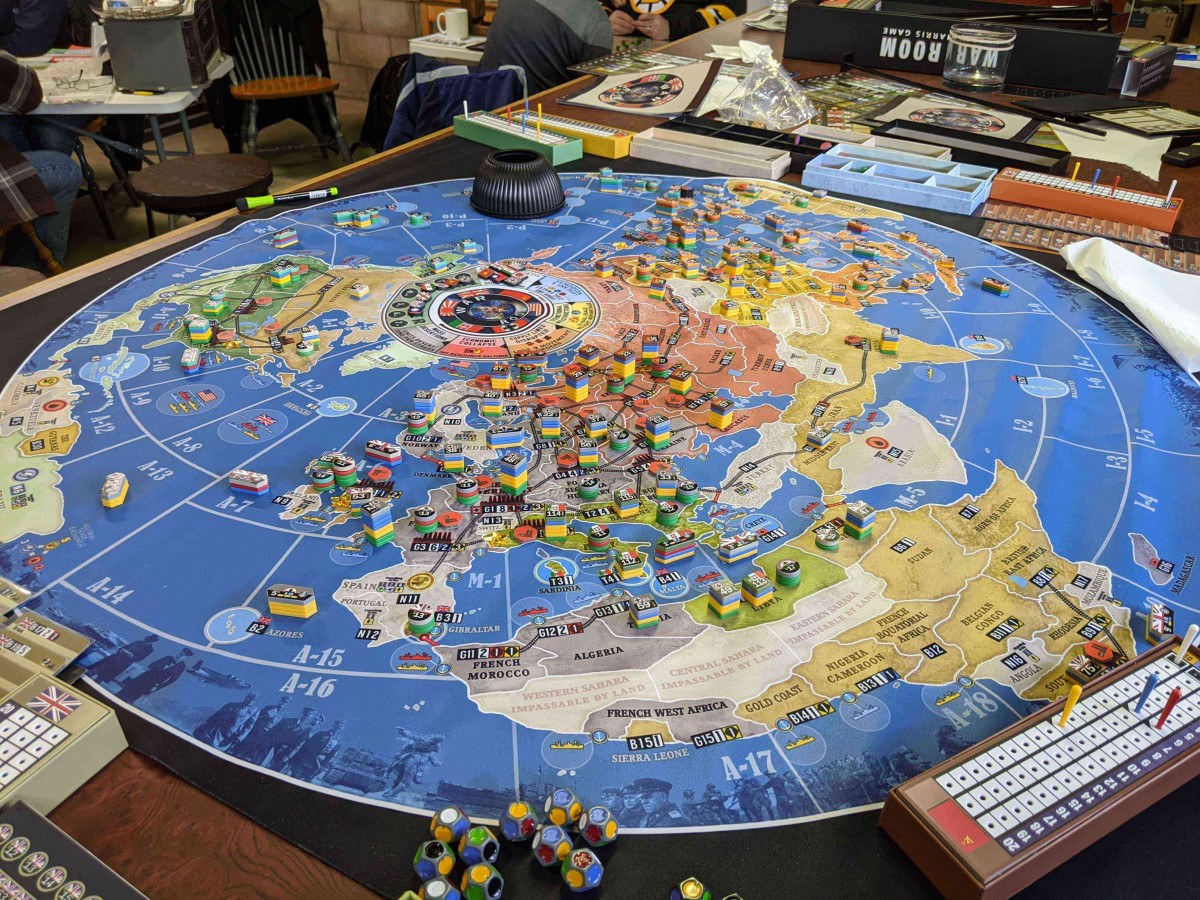 The impact of the "living room war" was not limited to the political and social sphere; it also had a significant influence on house design. The constant exposure to images of war and conflict on television led to a shift in interior design trends. People began to gravitate towards more natural and relaxed elements in their living rooms, creating spaces that were comfortable and inviting, rather than formal and rigid.
The Rise of the Open Floor Plan:
One of the most significant changes in house design influenced by the media was the rise of the open floor plan. The constant coverage of the Vietnam War on television made people crave a sense of openness and connectedness in their homes. This led to the removal of walls and barriers between rooms, creating a more fluid and open living space that allowed for easy flow and communication.
The impact of the "living room war" was not limited to the political and social sphere; it also had a significant influence on house design. The constant exposure to images of war and conflict on television led to a shift in interior design trends. People began to gravitate towards more natural and relaxed elements in their living rooms, creating spaces that were comfortable and inviting, rather than formal and rigid.
The Rise of the Open Floor Plan:
One of the most significant changes in house design influenced by the media was the rise of the open floor plan. The constant coverage of the Vietnam War on television made people crave a sense of openness and connectedness in their homes. This led to the removal of walls and barriers between rooms, creating a more fluid and open living space that allowed for easy flow and communication.
The Importance of Aesthetics:
 In addition to shaping the physical layout of living rooms, the media also had a significant impact on the aesthetics of house design. The constant bombardment of images of war and conflict on television made people seek refuge in their homes, creating spaces that were visually pleasing and calming. This led to the rise of minimalist and Scandinavian design, which focuses on clean lines, natural materials, and a sense of simplicity.
The Role of Social Media:
With the advent of social media, the influence of media on house design has only increased. Platforms like Instagram and Pinterest have become go-to sources for design inspiration, with influencers and celebrities showcasing their stunning living rooms to millions of followers. This has led to a proliferation of design trends and styles, making it easier for people to find the perfect aesthetic for their living room.
In conclusion, the media has a significant impact on house design, particularly in the living room. From the "living room war" of the 1960s to the rise of social media, the media has influenced our perceptions and choices in creating a space that is not only functional but also aesthetically pleasing. As we continue to be bombarded with images and trends, it is important to remember that ultimately, our living room should be a reflection of our personal style and taste.
In addition to shaping the physical layout of living rooms, the media also had a significant impact on the aesthetics of house design. The constant bombardment of images of war and conflict on television made people seek refuge in their homes, creating spaces that were visually pleasing and calming. This led to the rise of minimalist and Scandinavian design, which focuses on clean lines, natural materials, and a sense of simplicity.
The Role of Social Media:
With the advent of social media, the influence of media on house design has only increased. Platforms like Instagram and Pinterest have become go-to sources for design inspiration, with influencers and celebrities showcasing their stunning living rooms to millions of followers. This has led to a proliferation of design trends and styles, making it easier for people to find the perfect aesthetic for their living room.
In conclusion, the media has a significant impact on house design, particularly in the living room. From the "living room war" of the 1960s to the rise of social media, the media has influenced our perceptions and choices in creating a space that is not only functional but also aesthetically pleasing. As we continue to be bombarded with images and trends, it is important to remember that ultimately, our living room should be a reflection of our personal style and taste.

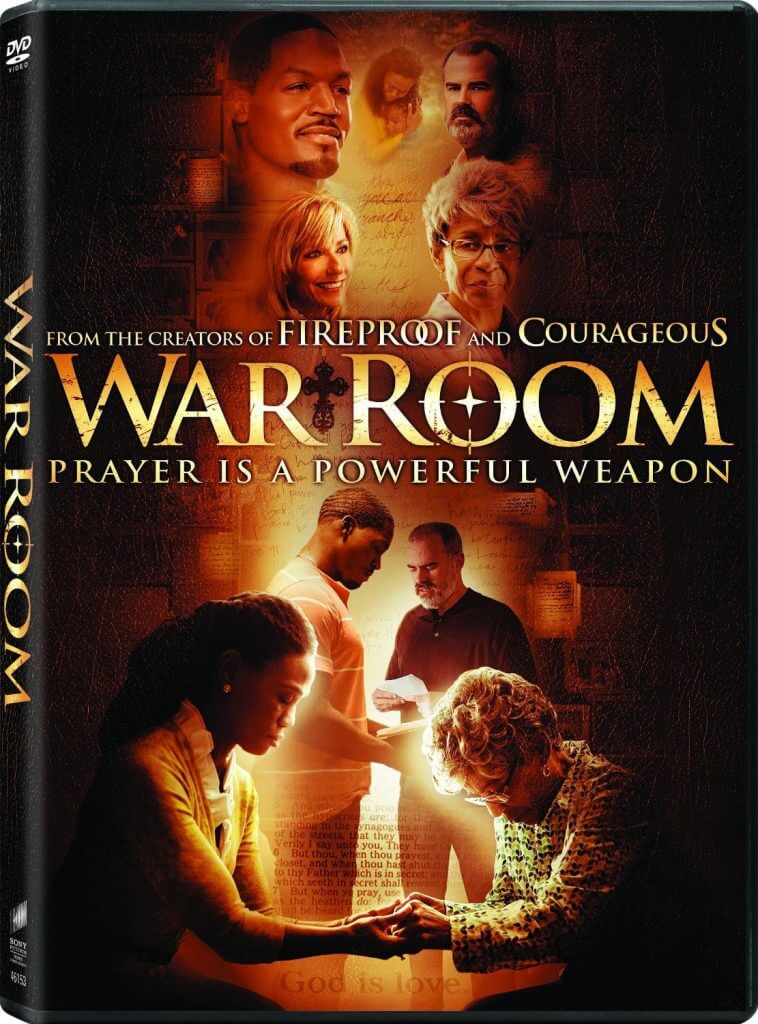

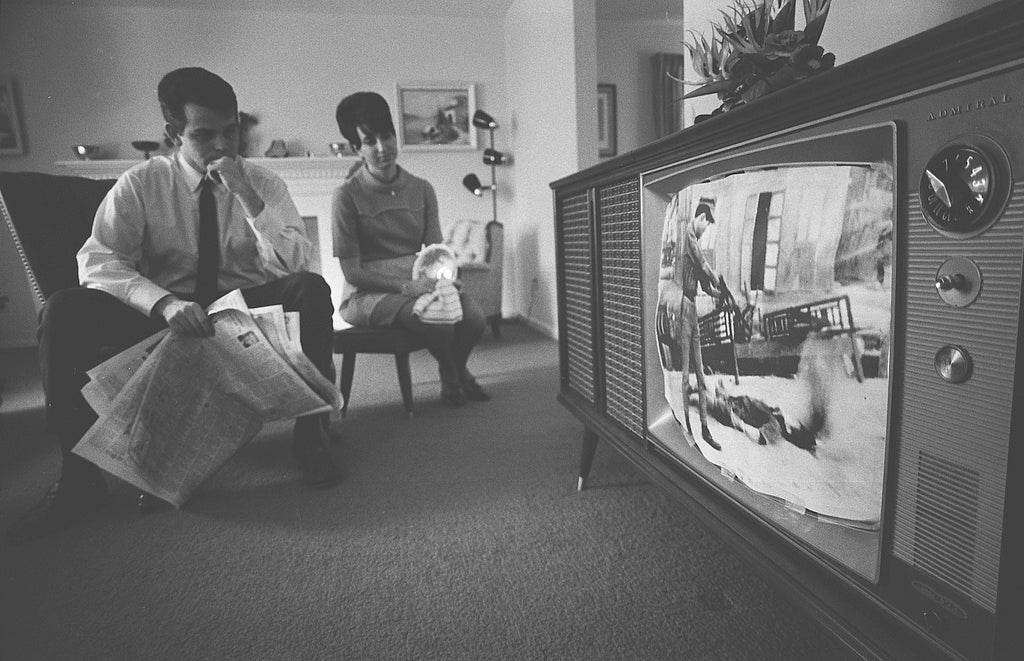


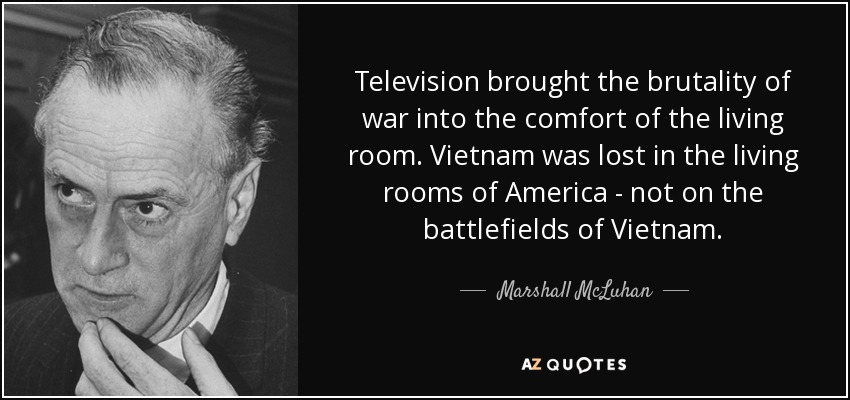
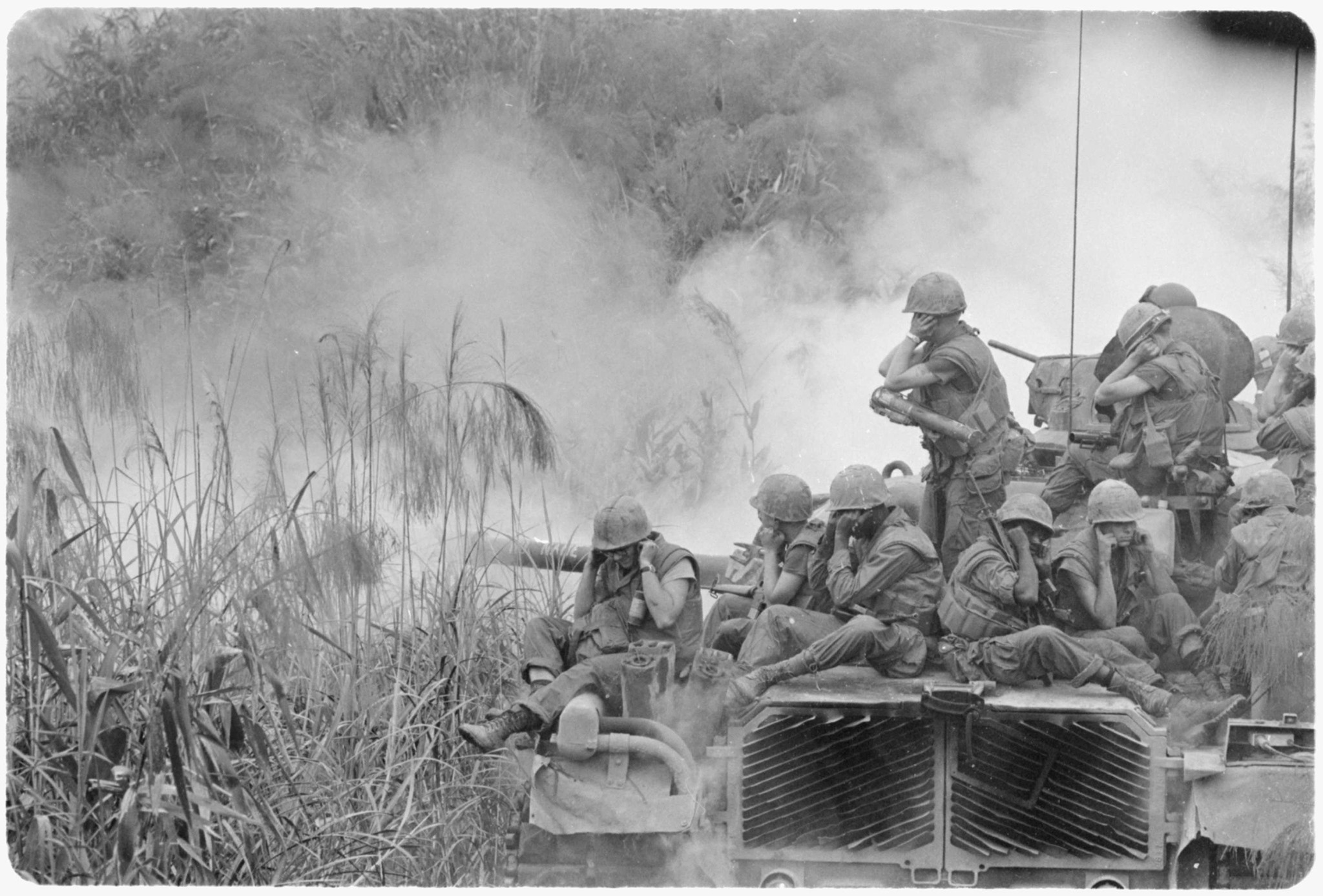
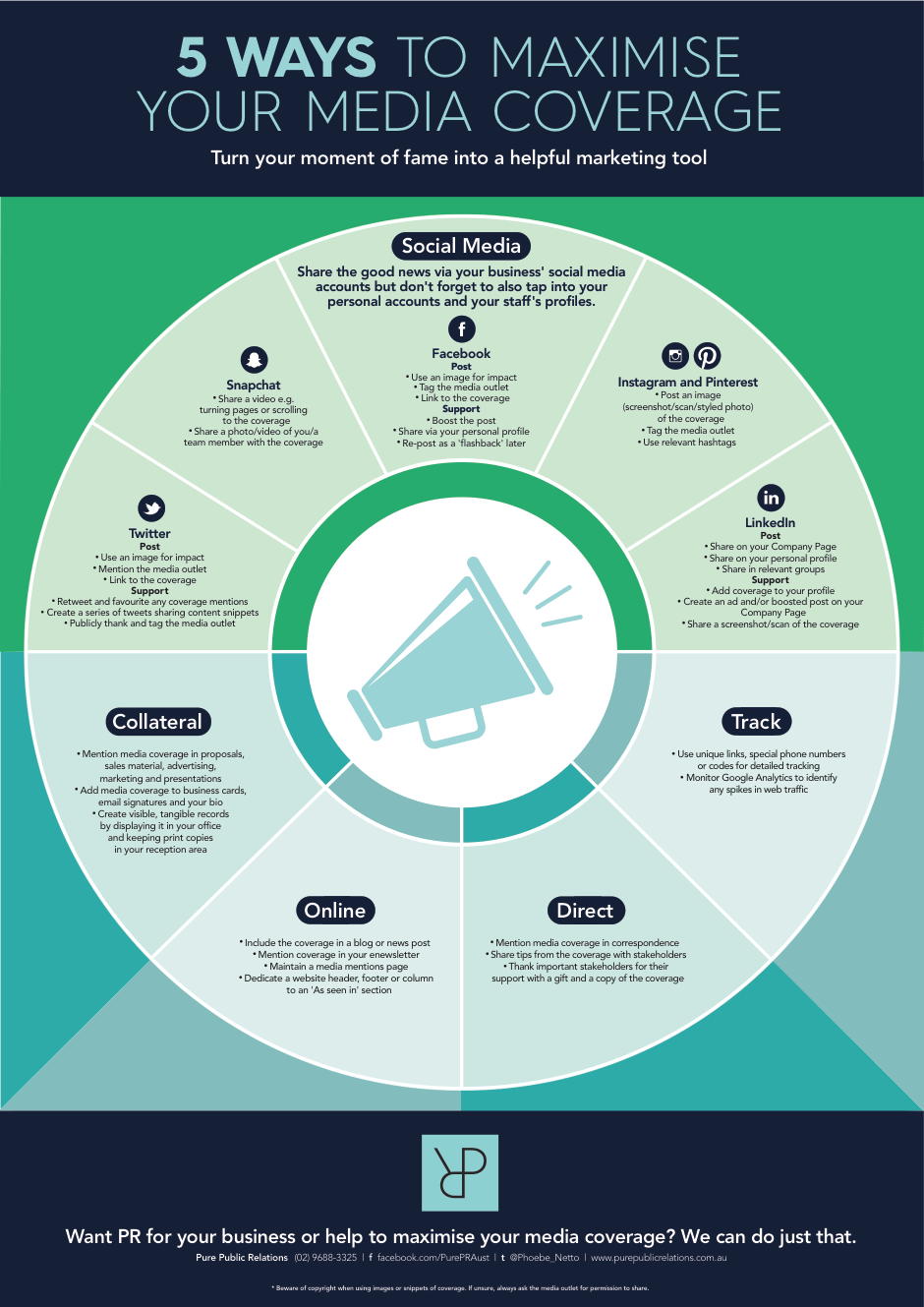














.jpg)

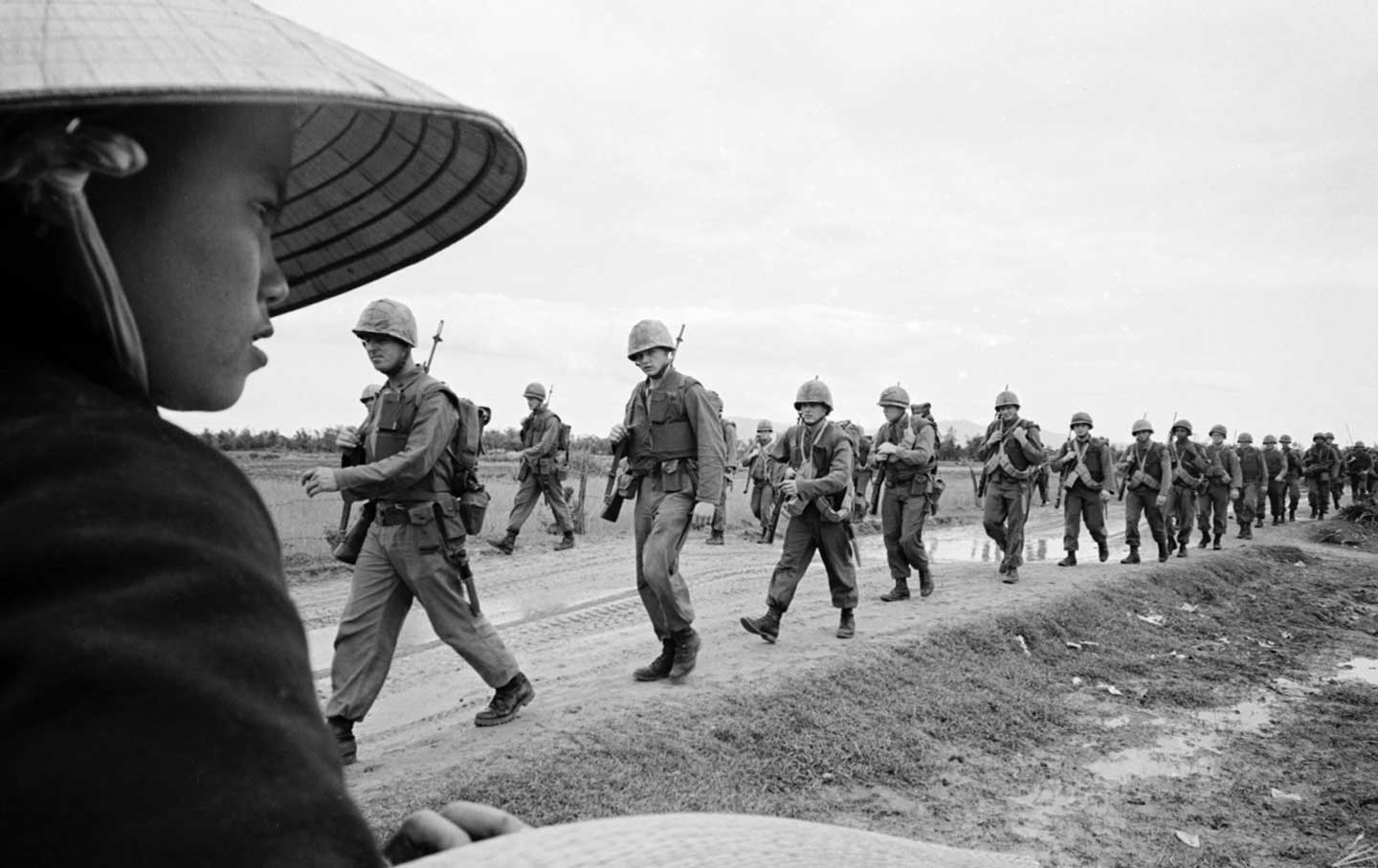
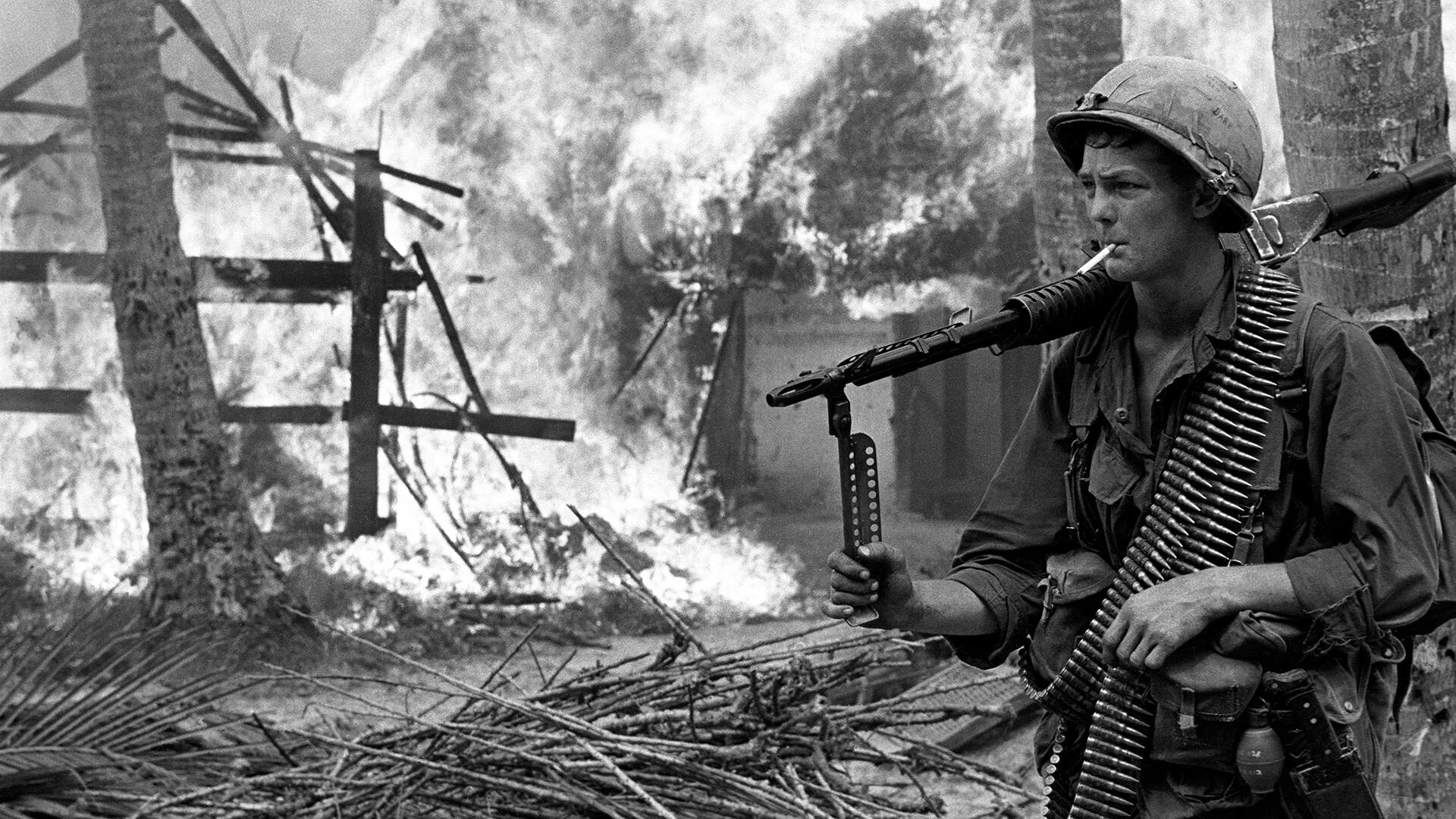
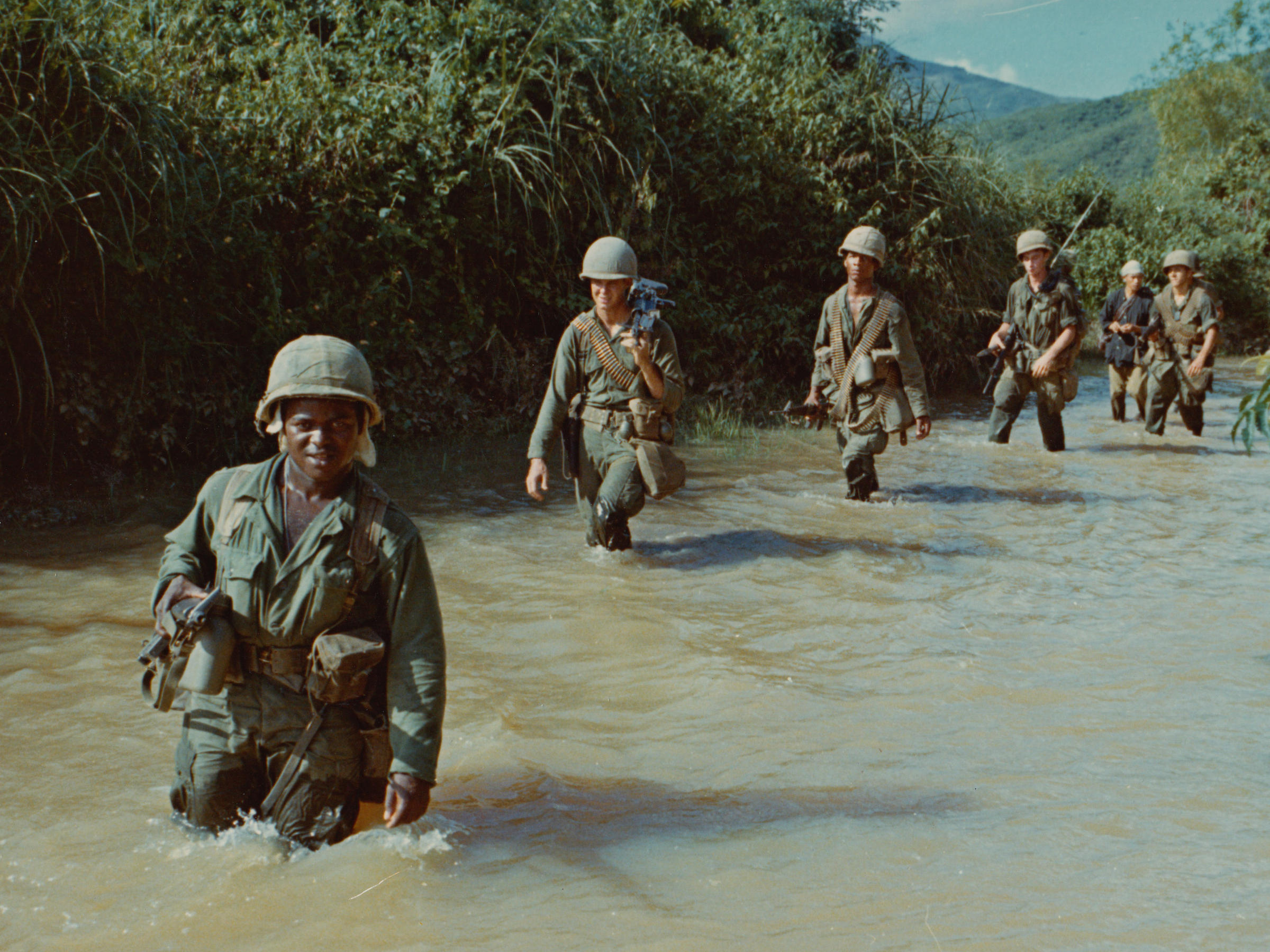





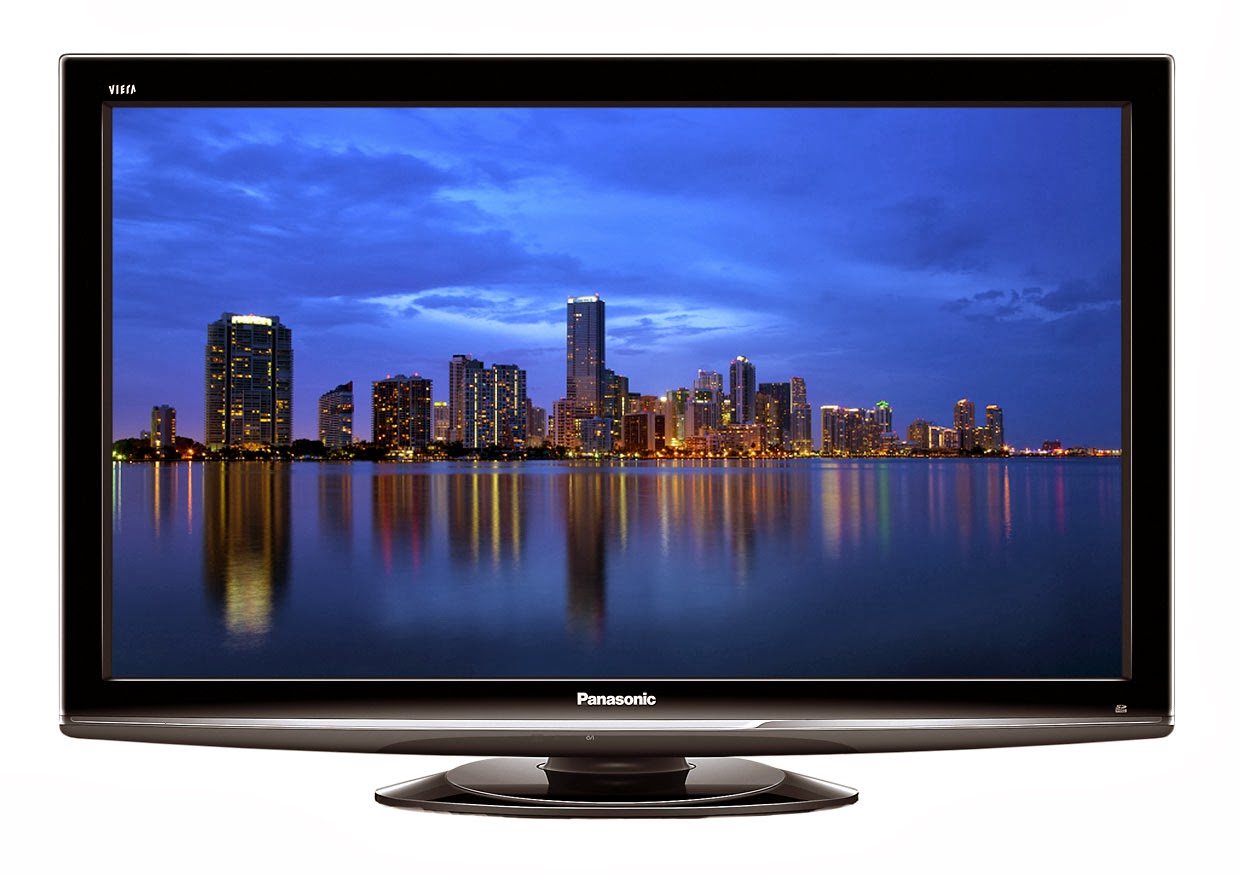

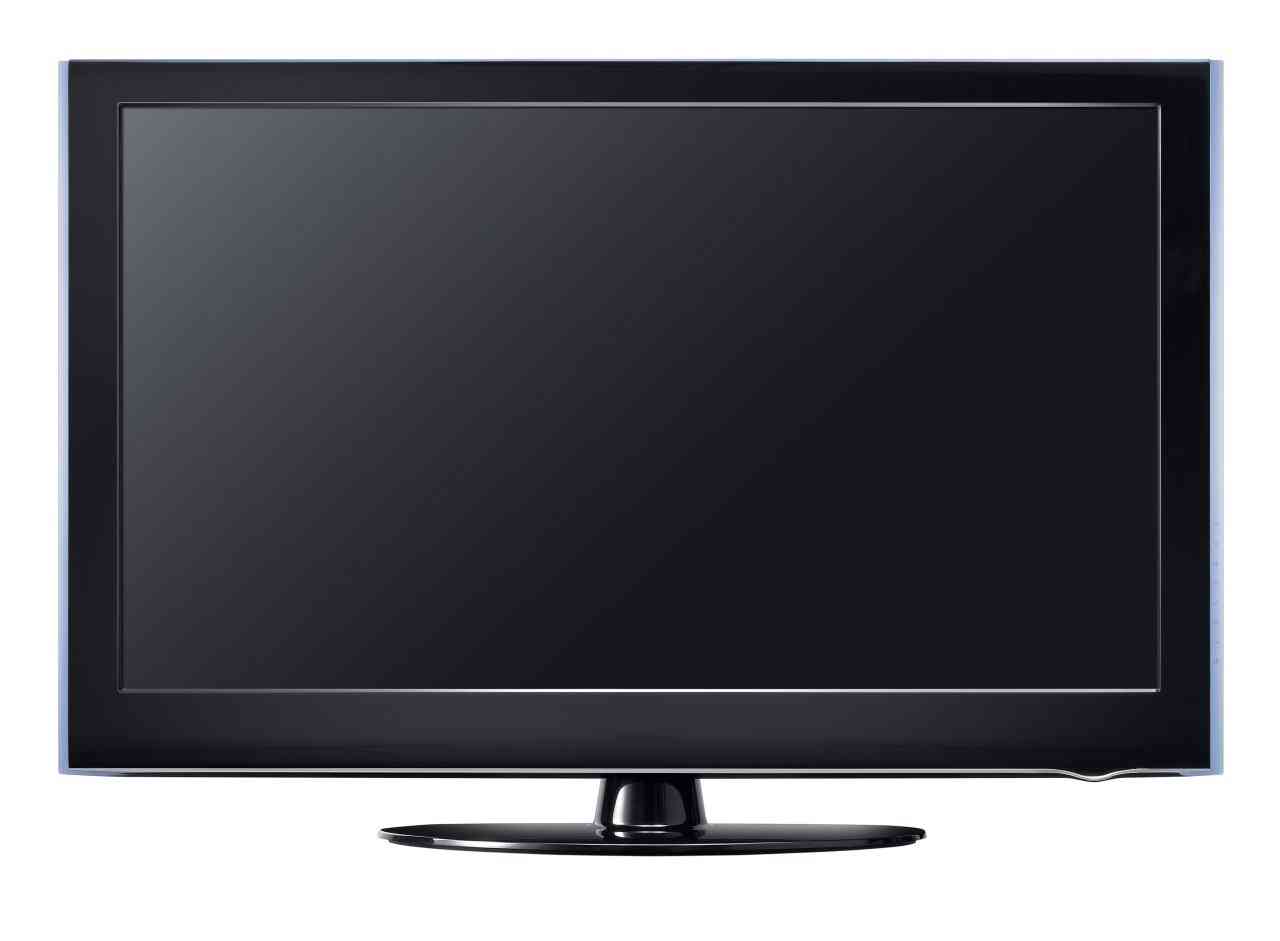

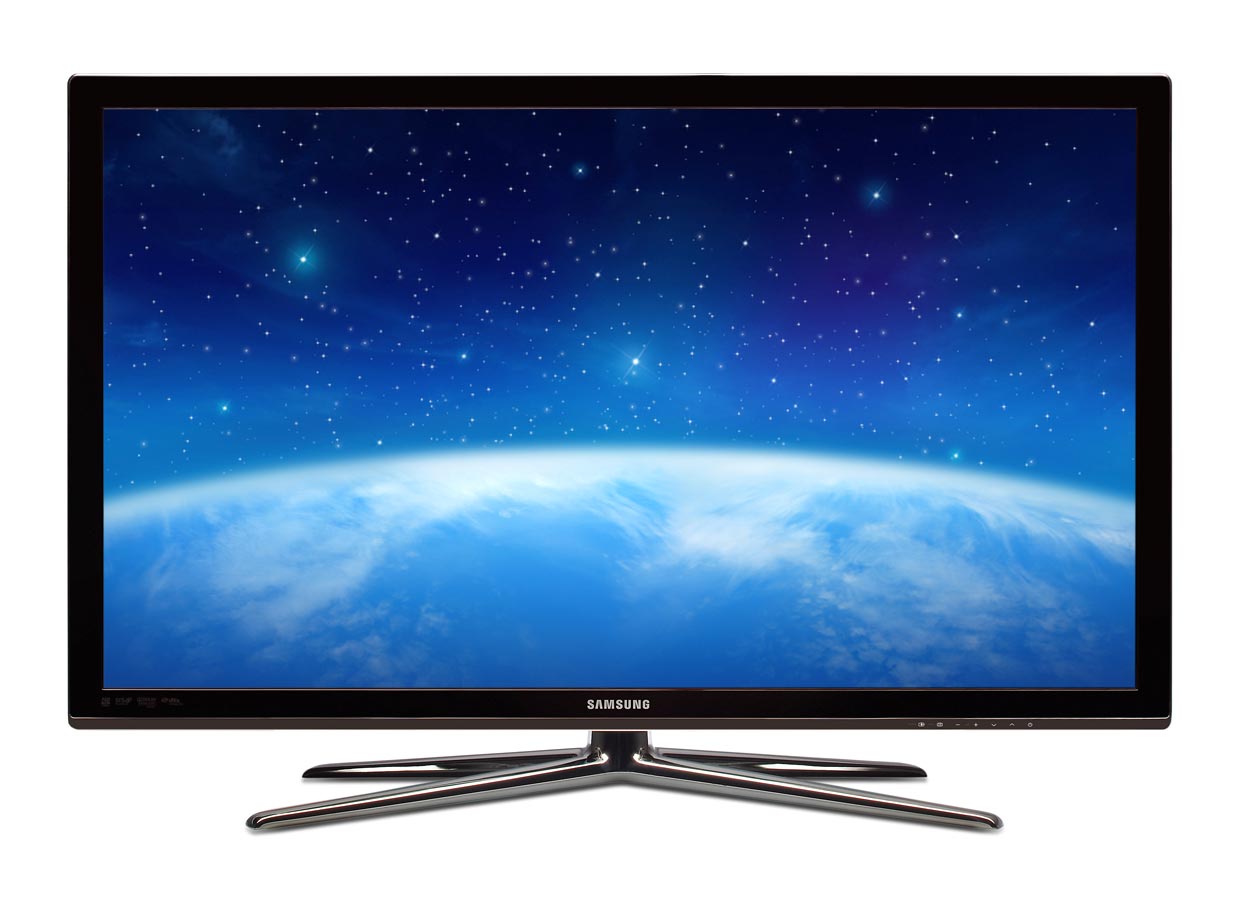

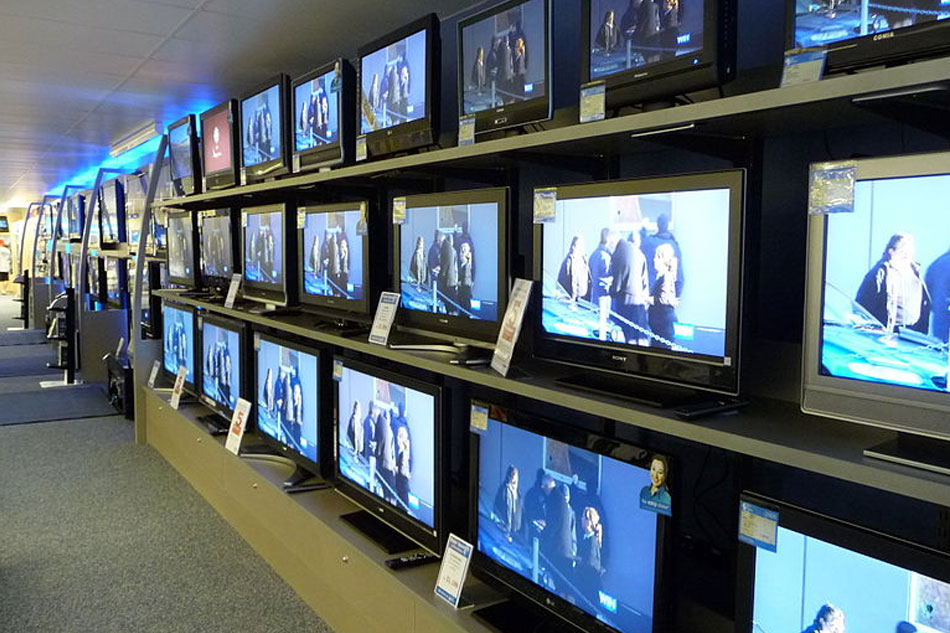














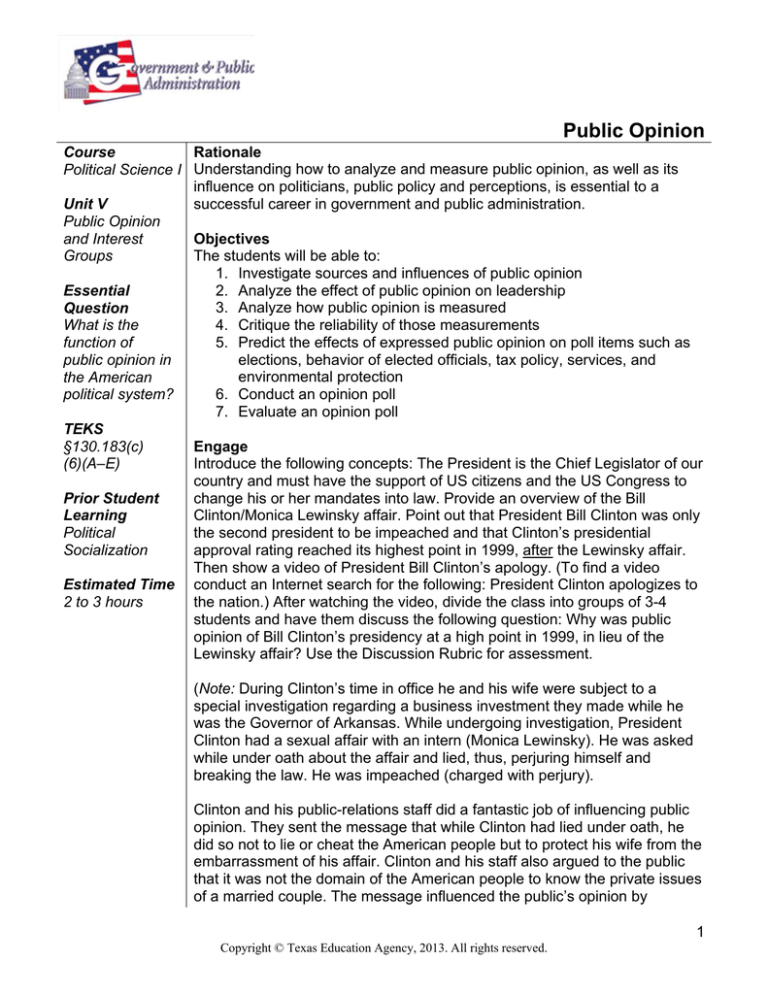













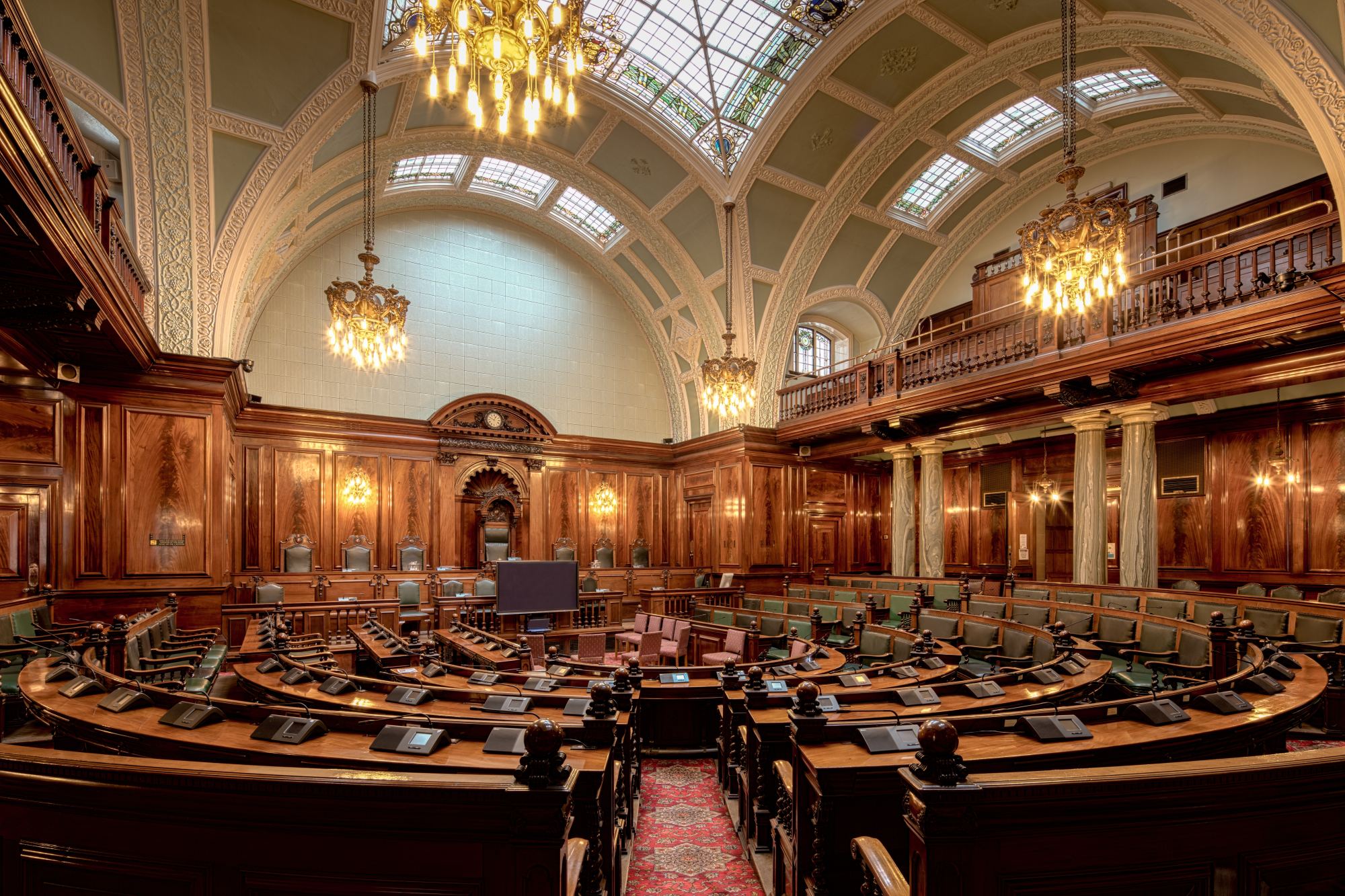
/GettyImages-177668351-59482be65f9b58d58ad3bc0d.jpg)

:max_bytes(150000):strip_icc()/How-governments-influence-markets_color_rev-a0f613b7ef684cba868aac7efb8818fc.jpg)

